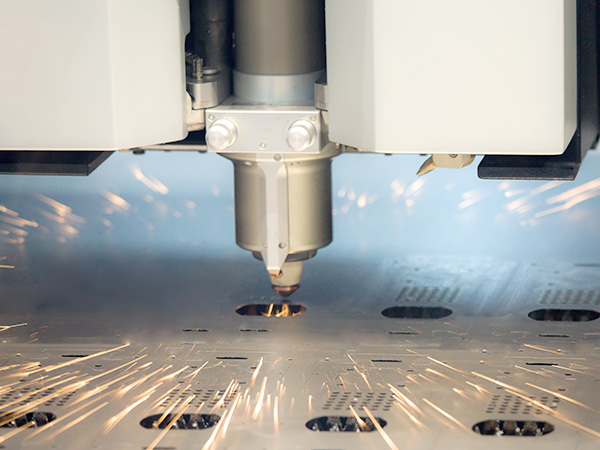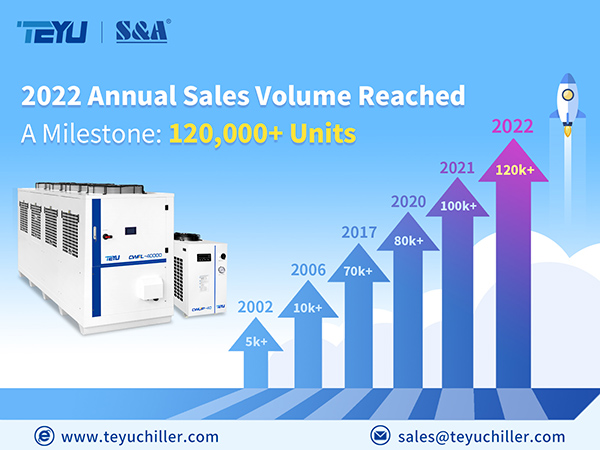The laser industry is rapidly advancing, particularly in large-scale manufacturing fields such as automobiles, electronics, machinery, aviation, and steel. These industries have adopted laser processing technology as an upgraded alternative to traditional processing methods, entering the "laser manufacturing" era.
However, laser processing of Highly reflectivity materials, including cutting and welding, remains a significant challenge. This concern is shared by most laser equipment users who wonder: Can the purchased laser equipment process Highly reflectivity materials? Does laser processing of highly reflective materials require a laser chiller?
When processing Highly reflectivity materials, there is a risk of damage to the cutting or welding head and the laser itself if there is an excessively Highly return laser into the laser interior. This risk is more pronounced for High-power fiber laser products, as the power of the return laser is significantly higher than that of low-power laser products. Cutting Highly reflectivity materials also poses a risk to the laser as, if the material is not penetrated, High-power return light enters the inside of the laser, causing damage.

What Is Highly Reflectivity Material?
Highly reflectivity materials are those with a low absorption rate near the laser due to their small resistivity and relatively smooth surface. Highly reflectivity materials can be judged by the following 4 conditions:
1. Judging by laser output wavelength
Different materials exhibit varying absorption rates for lasers with different output wavelengths. Some may have High reflection while others may not.
2. Judging by the surface structure
The smoother the material's surface, the lower its laser absorption rate. Even stainless steel can be Highly reflective if it is smooth enough.
3. Judging by resistivity
Materials with lower resistivity typically have lower absorption rates for lasers, resulting in Highly reflection. Conversely, Higher resistivity materials have Higher absorption rates.
4. Judging by surface state
The difference in the surface temperature of a material, whether it is in a solid or liquid state, affects its laser absorption rate. Generally, Higher temperatures or liquid states result in Higher laser absorption rates, while low-temperature or solid states have lower laser absorption rates.
How to Solve the Laser Processing Problem of Highly Reflectivity Materials?
Regarding this issue, every laser equipment manufacturer has corresponding countermeasures. For instance, Raycus Laser has designed a protection system on four-level anti-High-reflection light to address the problem of laser processing Highly-reflectivity materials. At the same time, various return light monitoring functions have been added to ensure real-time protection of the laser when abnormal processing occurs.
Laser chiller is needed to ensure the laser output stability.
The stable output of the laser is an important link to ensure High laser processing efficiency and product yield. The laser is sensitive to temperature, so precise temperature control is also essential. TEYU laser chillers feature temperature precision of up to±0.1℃, stable temperature control, a dual temperature control mode while the High-temperature circuit for cooling the optics and the low-temperature circuit for cooling the laser, and various alarm warning functions to fully protect the laser processing equipment for highly reflectivity material!
Source: https://www.teyuchiller.com/laser-processing-and-laser-cooling-of-high-reflectivity-materials

没有评论:
发表评论